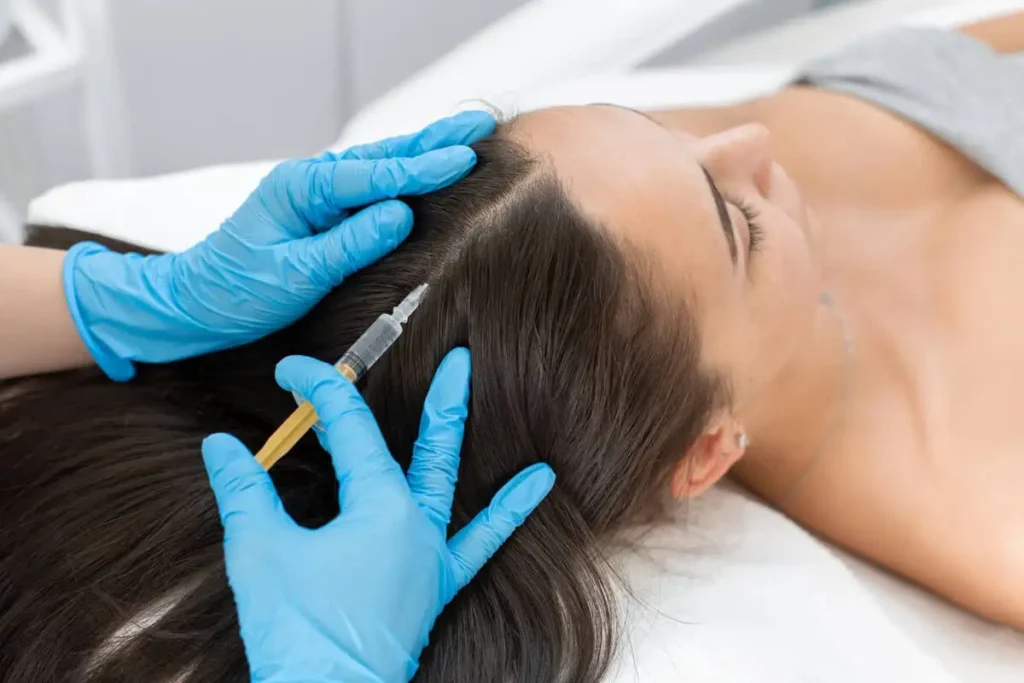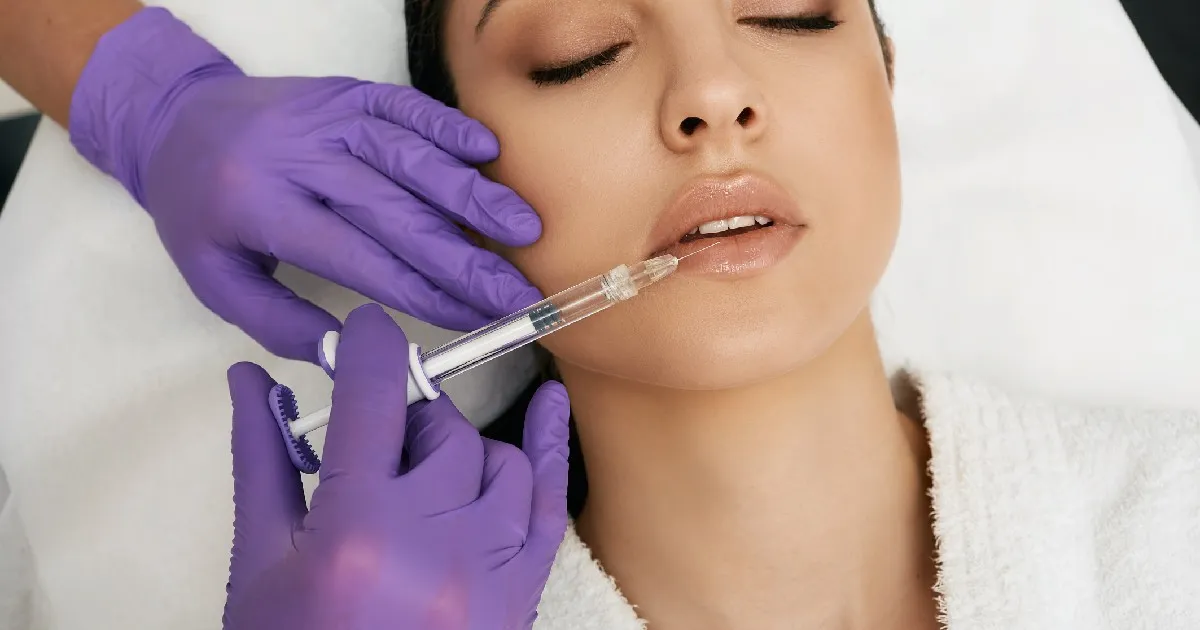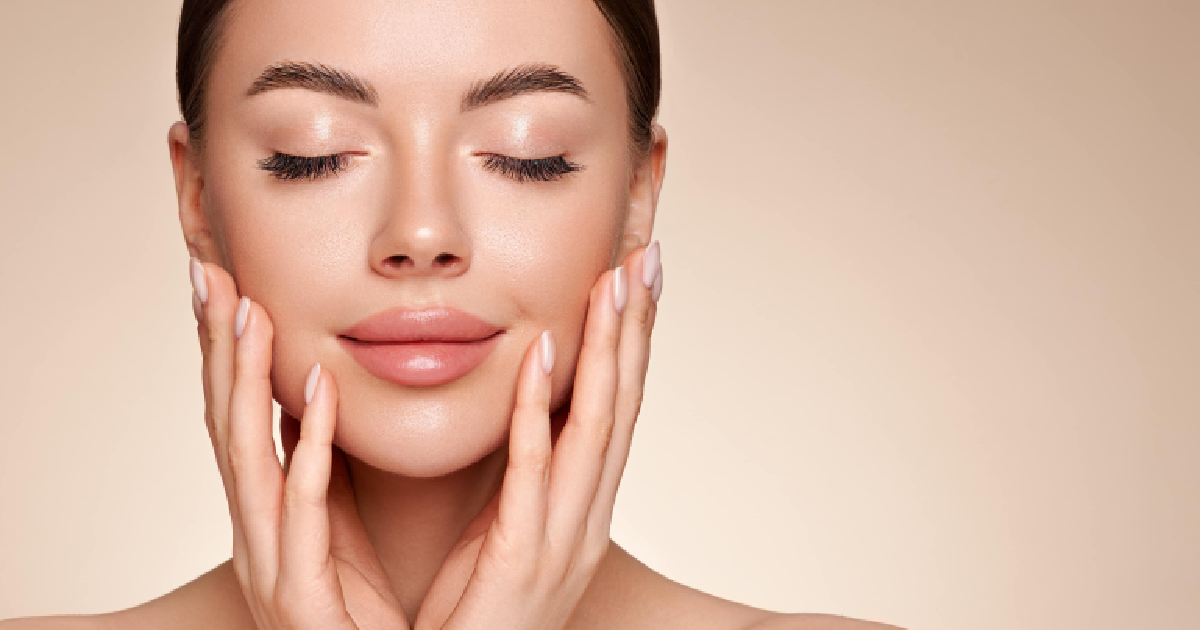Table of Contents
If you’re struggling with hair loss and seeking a non-surgical solution, Platelet-Rich Plasma therapy might be the answer. This cutting-edge treatment uses your body’s own healing mechanisms to encourage hair growth and restore hair density. Here are the details of Platelet-Rich Plasma therapy, its effectiveness, and what you can expect from the procedure.
What is Platelet-Rich Plasma?
Platelet-rich plasma is derived from a small sample of your blood. It contains a high concentration of platelets, which are blood components that play a significant role in healing and tissue regeneration. When injected into the scalp, Platelet-Rich Plasma releases growth factors that can stimulate hair follicles, encouraging new hair growth and increasing hair thickness.
The process begins with a blood draw, typically about 10-20 milliliters. This blood is placed in a centrifuge, which spins rapidly to separate the blood into its components. The platelet-rich plasma is then isolated and prepared for injection. Platelet-Rich Plasma contains growth factors like platelet-derived growth factor (PDGF) and vascular endothelial growth factor (VEGF), which are key to promoting hair follicle health and prolonging the growth phase of the hair cycle.
The Platelet-Rich Plasma Hair Restoration Procedure
Platelet-Rich Plasma therapy is a straightforward and minimally invasive procedure, usually completed in a healthcare provider’s office. Here’s a closer look at the steps involved:
Step-by-Step Process
- Consultation: You’ll first meet with a healthcare provider to determine if Platelet-Rich Plasma therapy suits you.
- Blood Collection: A small blood sample is taken from your arm.
- Centrifugation: The blood sample is placed in a centrifuge to separate the platelet-rich plasma from other components.
- Preparation of Platelet-Rich Plasma: The concentrated Platelet-Rich Plasma is extracted and prepared for injection.
- Injection: Using a fine needle, the Platelet-Rich Plasma is injected into the areas of the scalp experiencing hair thinning or loss. The injections are typically given in a grid-like pattern to ensure even distribution across the scalp.
You might experience mild discomfort during the injections, similar to small pinpricks. A local anesthetic or numbing cream can be applied to the scalp before the procedureto alleviate any discomfort.
The SELPHYL Process
The SELPHYL process is a specialized method for preparing Platelet-Rich Plasma that enhances its effectiveness. It begins with drawing a small blood sample from the patient, which is then placed in a centrifuge to separate the components. The plasma is transferred to a second tube containing calcium chloride, which triggers fibrin polymerization. This process converts Platelet-Rich Plasma into a Platelet-rich Fibrin Matrix (PRFM), creating a scaffold that holds the platelets in place at the injection site. This scaffold allows for a prolonged release of growth factors, enhancing tissue regeneration and providing a more sustained impact on hair growth.
The SELPHYL system removes nearly all contaminating red and white blood cells, ensuring a pure concentration of platelets. This is a significant advancement over traditional Platelet-Rich Plasma systems, as it reduces the variability in results and enhances the treatment’s therapeutic potential.
Effectiveness of Platelet-Rich Plasma for Hair Loss
Platelet-Rich Plasma therapy has shown promise in treating hair loss, particularly androgenetic alopecia (AGA), which is a common cause of hair thinning in both men and women.
Results from Platelet-Rich Plasma therapy can vary, but many patients notice improvements in hair thickness and growth after a few sessions. Most treatment plans recommend 3-4 sessions about a month apart for optimal results. Patients typically observe hair regrowth within three to six months, with continued improvement as treatment progresses.
Platelet-Rich Plasma therapy can be effective on its own, but combining it with other treatments can enhance results. Studies have shown that using Platelet-Rich Plasma with minoxidil, a topical solution, or finasteride, an oral medication, can lead to better outcomes than using these treatments independently. Additionally, combining Platelet-Rich Plasma with microneedling, which involves creating tiny punctures in the scalp, can further improve results by allowing better penetration of growth factors.
Before and Aftercare
Proper preparation and aftercare can significantly impact the success of Platelet-Rich Plasma therapy.
Pre-Treatment Considerations
Before undergoing Platelet-Rich Plasma therapy, follow your provider’s recommendations, which may include:
- Avoiding blood-thinning medications or supplements, such as aspirin, ibuprofen, or fish oil, for a few days before treatment.
- Ensuring your hair is clean on the day of the procedure.
- Staying hydrated and having a meal before the appointment to avoid feeling lightheaded during the blood draw.
Post-Treatment Care
After the procedure, adhere to specific aftercare instructions to promote healing and maximize results:
- Avoid washing your hair for at least 24 hours post-treatment.
- Refrain from using hair products or styling tools for a few days.
- Protect your scalp from sun exposure by wearing a hat or applying sunscreen if necessary.
- Avoid strenuous physical activities and saunas for at least 48 hours.
How Long Results Last
Patients may see visible hair density and thickness improvements within three to six months following the initial series of treatments. The full effects of Platelet-Rich Plasma therapy typically continue to develop over several months as the hair follicles respond to the growth factors. Once optimal results are achieved, many patients find that the effects can last for 12 to 18 months before a noticeable reduction in hair density may occur.
Factors Affecting Longevity
Several factors can influence how long Platelet-Rich Plasma results last, including:
- Genetics: Individuals with a family history of hair loss may require more frequent maintenance sessions to sustain results.
- Lifestyle: A healthy lifestyle with a balanced diet, regular exercise, and stress management can support longer-lasting results.
- Hair Care: Gentle hair care practices, such as avoiding excessive heat styling and harsh chemical treatments, can help preserve hair health and extend the benefits of Platelet-Rich Plasma.
- Underlying Conditions: Medical conditions or medications contributing to hair loss may impact the longevity of Platelet-Rich Plasma results.
Takeaway
If you’re considering Platelet-Rich Plasma hair restoration, Enriched Aesthetics offers state-of-the-art treatments focused on delivering exceptional results. Our team can help you have a fuller, more vibrant head, regain confidence, and achieve your aesthetic goals.
Contact Enriched Aesthetics today to schedule an assessment and learn more about how Platelet-Rich Plasma hair restoration can benefit you. Discover the possibilities of rejuvenated hair and enhanced self-assurance with our expert care and innovative solutions. Your journey to improved hair health and appearance begins with Enriched Aesthetics, where we prioritize your well-being and satisfaction at every step.





